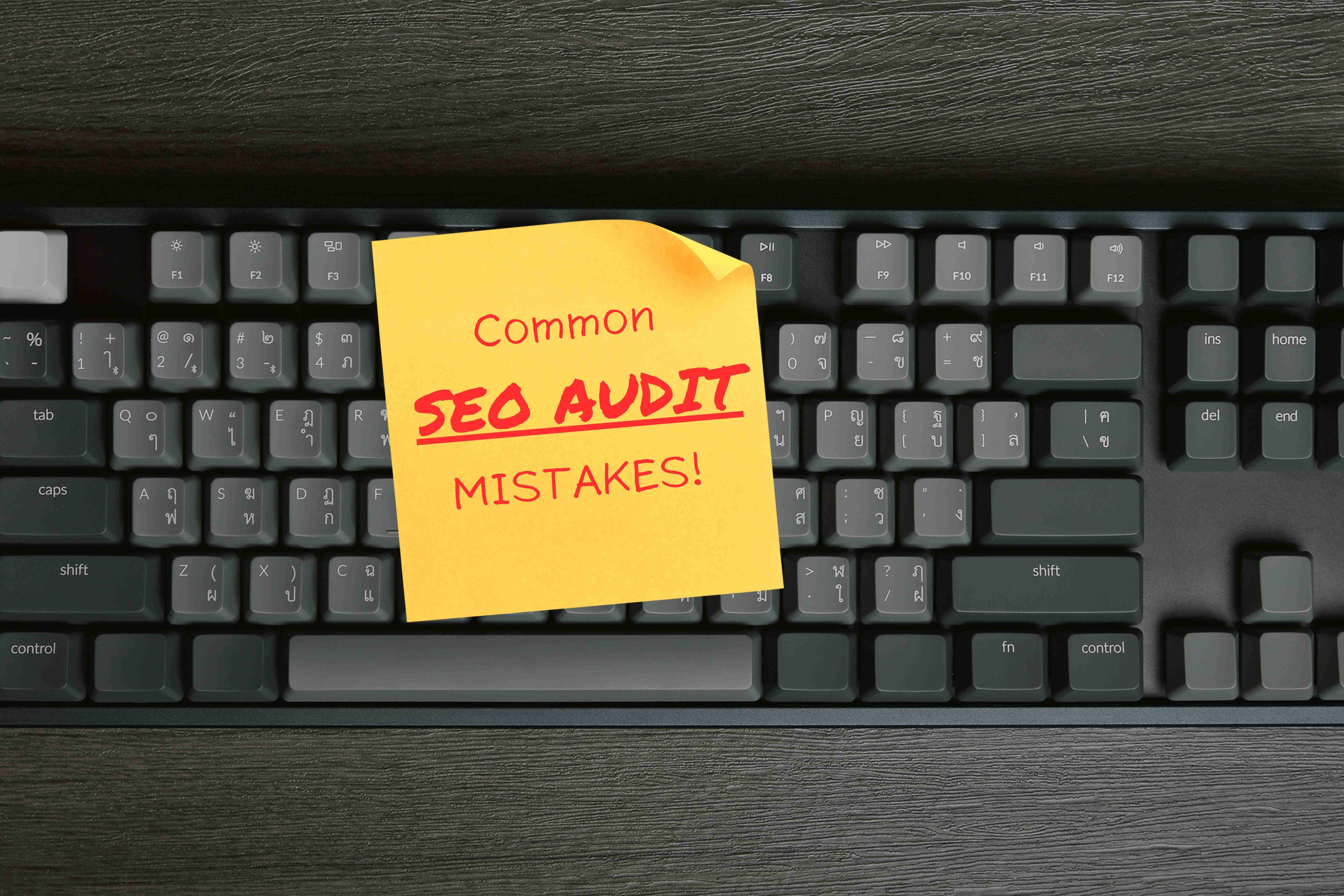A well-structured blog post is crucial for both user experience and SEO. By optimizing the structure of your blog posts, you can enhance readability, increase engagement, and improve your online store’s visibility in search engine results. This article provides a comprehensive guide on how to optimize your blog post structure to achieve better SEO outcomes, including actionable tips and the latest trends in SEO.
Table of Contents
- Introduction
- Why Blog Post Structure Matters for SEO
- Key Elements of an Optimized Blog Post Structure
- Actionable Tips for Structuring Blog Posts
- Latest SEO Trends Relevant to Blog Post Structure
- Conclusion
- About Don Hesh SEO
Introduction
In the competitive digital landscape, optimizing your blog post structure is essential for improving SEO and driving more organic traffic to your online store. A well-structured blog post not only enhances the readability of your content but also helps search engines understand and index your pages more effectively. This article will guide you through the key elements of blog post structure and provide actionable tips to help you achieve better SEO results.
Why Blog Post Structure Matters for SEO
2.1 Enhances Readability
A clear and logical blog post structure makes it easier for readers to navigate your content. By using headings, subheadings, and well-organized paragraphs, you improve readability and keep readers engaged.
2.2 Improves SEO
Search engines like Google use the structure of your content to determine its relevance and ranking. A well-organized blog post with optimized headings and relevant keywords helps search engines understand your content and improves your chances of ranking higher in search results.
2.3 Increases User Engagement
A structured blog post with engaging content and clear CTAs encourages users to interact with your site. Higher engagement rates can lead to lower bounce rates and increased time on site, which are positive signals for SEO.
Key Elements of an Optimized Blog Post Structure
3.1 Title and Meta Description
- Title: Craft a compelling and keyword-rich title for your blog post. The title should accurately reflect the content and include relevant keywords that your target audience is searching for.
- Meta Description: Write a concise and engaging meta description that summarizes the content of your blog post. Include primary keywords and a call to action to entice users to click through from search engine results.
3.2 Headings and Subheadings
- Headings: Use headings (H1) and subheadings (H2, H3, etc.) to break up your content into easily digestible sections. This not only improves readability but also helps search engines understand the hierarchy and relevance of your content.
- Keyword Integration: Incorporate relevant keywords into your headings and subheadings to enhance SEO. Ensure that the headings accurately describe the content of each section.
3.3 Introduction and Conclusion
- Introduction: Start with a compelling introduction that grabs the reader’s attention and sets the stage for the rest of the blog post. Clearly state what the reader can expect to learn or gain from the content.
- Conclusion: Summarize the key points of your blog post and provide a clear and actionable conclusion. Reinforce the main takeaways and encourage readers to take the next step, such as exploring related content or contacting your business.
3.4 Internal and External Links
- Internal Links: Link to other relevant pages or blog posts on your site to provide additional context and guide readers to related content. Internal linking helps distribute link equity and keeps users engaged with your site.
- External Links: Include links to authoritative external sources to support your content and provide additional value to readers. Ensure that external links are relevant and come from reputable sites.
3.5 Images and Multimedia
- Images: Use high-quality images that complement your content and enhance the reader’s experience. Optimize image file names and alt text with relevant keywords to improve SEO.
- Multimedia: Incorporate videos, infographics, and other multimedia elements to make your blog post more engaging. Ensure that multimedia content is relevant and enhances the overall value of the post.
3.6 Call to Action (CTA)
- CTAs: Include clear and compelling CTAs throughout your blog post to guide readers towards the next steps. Whether it’s signing up for a newsletter, downloading a resource, or making a purchase, effective CTAs drive user action and contribute to your business goals.
Actionable Tips for Structuring Blog Posts
4.1 Use a Content Outline
Before writing your blog post, create a content outline to organize your thoughts and structure your content logically. This helps ensure that your blog post flows naturally and covers all relevant points.
4.2 Optimize for Readability
Focus on creating content that is easy to read and understand. Use short paragraphs, bullet points, and concise sentences to make your blog post more accessible and engaging.
4.3 Incorporate Schema Markup
Use schema markup to provide search engines with additional information about your content. This can enhance your search result listings with rich snippets and improve visibility.
4.4 Monitor and Analyze Performance
Use analytics tools to monitor the performance of your blog posts. Track metrics such as organic traffic, bounce rates, and engagement levels to assess the effectiveness of your blog post structure and make data-driven improvements.
4.5 Keep Content Fresh and Updated
Regularly update your blog posts with new information and insights. Fresh and relevant content helps maintain your site’s authority and relevance, which can positively impact SEO.
Latest SEO Trends Relevant to Blog Post Structure
5.1 User Experience (UX)
User experience continues to be a significant factor in SEO. A well-structured blog post that offers a seamless and enjoyable reading experience contributes to better SEO performance.
5.2 Mobile Optimization
With the increasing use of mobile devices, optimizing your blog post structure for mobile users is essential. Ensure that your content is easily readable and navigable on smaller screens.
5.3 Voice Search Optimization
Voice search is becoming more prevalent, and optimizing your blog posts for voice queries can help capture additional traffic. Focus on natural language and conversational keywords in your content.
5.4 Content Personalization
Personalized content tailored to the preferences and behaviors of your audience enhances engagement and SEO. Use data and insights to create blog posts that resonate with your readers.
Conclusion
Optimizing your blog post structure is crucial for improving SEO and driving more organic traffic to your online store. By focusing on key elements such as titles, headings, internal and external links, and multimedia, you can create well-structured and engaging content that boosts visibility and enhances the user experience. Implement the actionable tips provided and stay updated with the latest SEO trends to achieve long-term success with your blog posts.
About Don Hesh SEO
Don Hesh SEO is a leading SEO consultant and Google Ads consultant dedicated to helping businesses enhance their online presence and drive organic traffic. Our expertise in AI-driven SEO strategies ensures that your business stays ahead of the competition. Partner with SEO Sydney to leverage the latest AI technologies and achieve your SEO goals efficiently and effectively.



